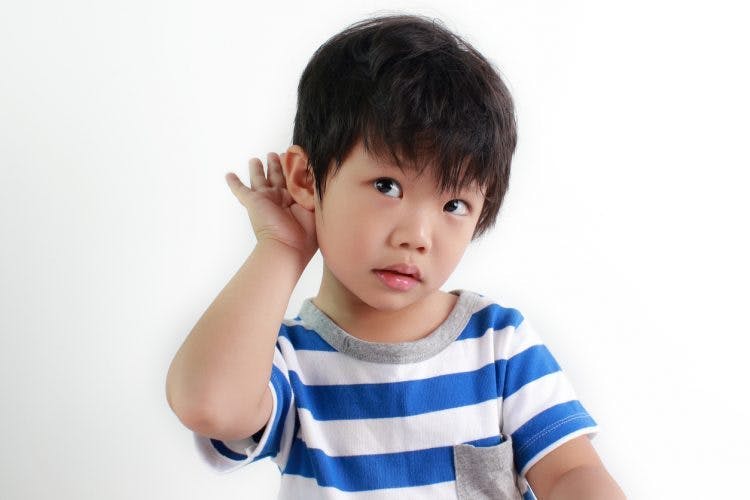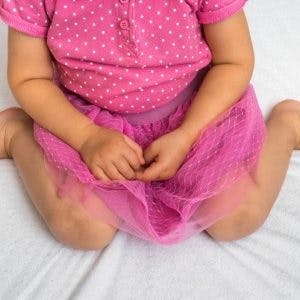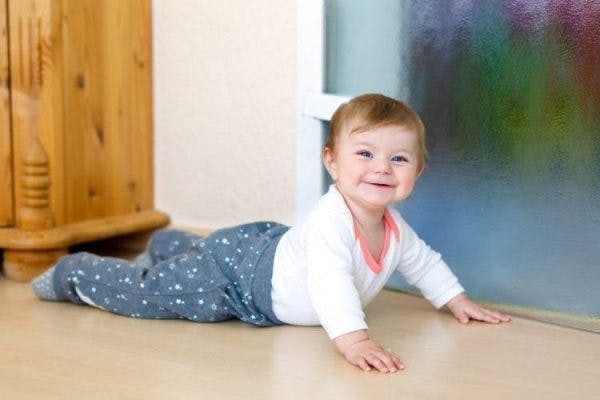Are individuals with cerebral palsy more likely to experience hearing loss?
According to the American Academy of Neurology, about 12% of individuals with cerebral palsy experience hearing impairments, although some studies have found a prevalence of up to 40%. Despite their likelihood to co-occur, the two conditions are not directly related to one another.
To help you understand why cerebral palsy and hearing loss often co-occur, this article will discuss:
- The Link Between Cerebral Palsy and Hearing Loss
- 3 Types of Hearing Loss That Can Occur in Individuals with Cerebral Palsy
- Signs of a Hearing Impairment to Look Out For
- Treatments for Hearing Loss in Individuals with Cerebral Palsy
Understanding Hearing Loss in Individuals with Cerebral Palsy
Hearing loss is an associative condition of cerebral palsy, meaning that they are caused by two different areas of damage to the brain but Hearing loss is an associative condition of cerebral palsy, meaning that they are caused by two different areas of damage to the brain but often co-occur. Cerebral palsy is caused by damage to the motor cortex, cerebellum, thalamus, or basal ganglia. In contrast, damage to the parietal and temporal lobes of the brain, or to the ear itself, may cause hearing loss.
Individuals with mild cerebral palsy are less likely to experience hearing impairments than those with more severe forms of CP. This may be because individuals with more severe CP often have more widespread brain damage, which may extend to the areas of the brain associated with hearing. Furthermore, they may have sustained an injury that affected the ears in addition to the brain, resulting in hearing loss.
Many risk factors for cerebral palsy are also associated with hearing problems, including:
- Genetic abnormalities
- Lack of oxygen to the developing brain
- Jaundice
- Infections
- Premature birth
- Low birth weight
With these similarities, it makes sense that hearing loss can co-occur with cerebral palsy, even if they are not directly related.
Types of Hearing Loss That Can Occur in Individuals with Cerebral Palsy
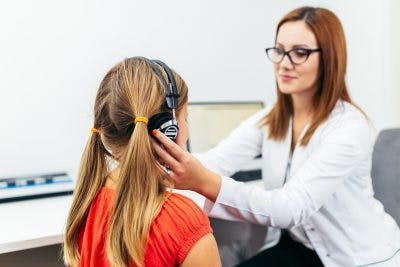
Generally, individuals with cerebral palsy experience 1 of 3 types of hearing loss: conductive, sensorineural, or mixed. Because they vary in causes, symptoms, and prognosis, it’s essential to understand the differences between them to get the right treatment.
1. Conductive Hearing Loss
Conductive hearing loss affects the transmission of sound in the middle and outer ear. Because hearing is affected before sounds reach the nerves in the inner ear, individuals experience muffled, unclear sound.
Luckily, conductive hearing loss is often temporary and can usually be treated through surgery, medications, or hearing aids.
2. Sensorineural Hearing Loss
Sensorineural hearing loss occurs when there’s damage to the nerve pathways in the inner ear, the hearing-associated neural pathways in the brain, or the part of the brain responsible for perceiving auditory stimuli.
This type of hearing loss is permanent and generally cannot be treated with medicine or surgery. However, hearing aids may be able to help your child manage their hearing impairment.
3. Mixed Hearing Loss
Mixed hearing loss describes when a person experiences a combination of symptoms characteristic of both conductive and sensorineural hearing loss.
Both the inner ear and middle/outer ear are affected, which makes it both a physical and neurological complication.
Identifying Signs of Hearing Loss in Children with Cerebral Palsy
Because of their difficulties with movement, it is especially important for individuals with cerebral palsy to learn how to effectively communicate to relay their needs. However, hearing loss can significantly affect the development of a child’s language and social skills, which is why early identification and intervention are essential.
Signs of hearing loss include:
- delayed or no reactions to sudden bursts of sound
- lack of response when asked questions or when their name is called
- frequently asking others to repeat themselves
- confusion when spoken to
- incoherent responses
Hearing loss can range from mild to profound and affect various parts of one or both ears.
Generally, the younger a child is and the milder their impairment, the more challenging it will be to notice hearing loss. Many times, hearing impairments can be mistaken for cognitive impairment due to a lack of response and confusion.If your child is demonstrating signs of a hearing impairment, consult with an audiologist to get a professional evaluation. Use this link from the American Academy of Audiology to find an audiologist near you.
Treatments for Hearing Loss in Individuals with Cerebral Palsy
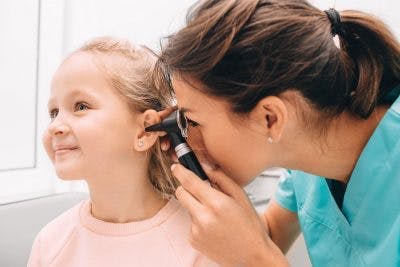
Managing both hearing loss and cerebral palsy can be complicated. Cerebral palsy affects movement, and hearing loss makes it difficult to understand directions, have conversations, and be aware of one’s surroundings.
Because everyone experiences cerebral palsy and hearing impairments differently, a personalized approach to treatment is essential.
For example, children that only have hearing impairments typically learn sign language to communicate. However, children with cerebral palsy and hearing impairments might not be able to use sign language because they may lack fine/gross motor control necessary to sign.
Below, we’ll discuss some of the most effective interventions to help individuals with cerebral palsy manage hearing impairments.
Work with Variety of Specialists
Individuals with cerebral palsy may see a variety of specialists to address and treat various complications.
Examples of specialists that can help treat complications associated with hearing loss include audiologists and speech-language pathologists.
Audiologists can help evaluate the severity of your child’s hearing impairment and provide helpful management tips.
Speech-language pathologists can help your child learn how to effectively communicate (verbally or nonverbally) and improve their social skills.
Surgery
If hearing loss is caused by problems with the ears, surgery may be recommended to remove whatever is blocking sound from reaching the inner ear.
This can include problems like deformity, dysfunction from head trauma, fluid buildup, tumors, and otosclerosis (a bone growth disorder).
Medications
Doctors may prescribe antibiotics or antifungal medications to treat ear infections and reduce fluid buildup.
Powerful steroids may also be used either orally or by injection to reduce inflammation and swelling in the ear, although the evidence for improving hearing loss through steroids is mixed depending on the type of hearing loss experienced.
Hearing Aids
Hearing aids are devices that are placed on the ear to amplify sound, allowing individuals to hear more clearly.
They don’t heal ear damage, but they may allow individuals to hear much better.
Cochlear Implants
In cases of severe sensorineural hearing loss, a cochlear implant may be recommended. To clarify, a cochlear implant cannot restore normal hearing. Instead, it works around the damaged part of the ear and directly stimulates the auditory nerve.
Cochlear implants consist of an internal piece that is surgically inserted under the skin and an external component that you place on your ear. They convert sounds into electric impulses and send them off to various frequency electrodes, which gives the sensation of sound.
The sound experienced with a cochlear implant is different from natural sound. However, younger children tend to quickly adapt to it, which is another reason early intervention is ideal.
Cerebral Palsy and Hearing Loss: Key Points
Cerebral palsy and hearing loss don’t share a direct relation, but they do occur together often enough that they are associative conditions for one another.
Hearing loss can be mild and difficult to notice, or profound to the point of deafness. Depending on the severity of your child’s hearing loss, treatment methods can be minimal or more invasive.
If you think your child may be showing signs of a hearing impairment, don’t hesitate to get a professional diagnosis. Early intervention can help prevent hearing complications from progressing and significantly improve your child’s communication skills.
Hopefully, this article helped you get a better understanding of what to expect, signs to look out for, and treatment options for hearing loss in children with cerebral palsy.
